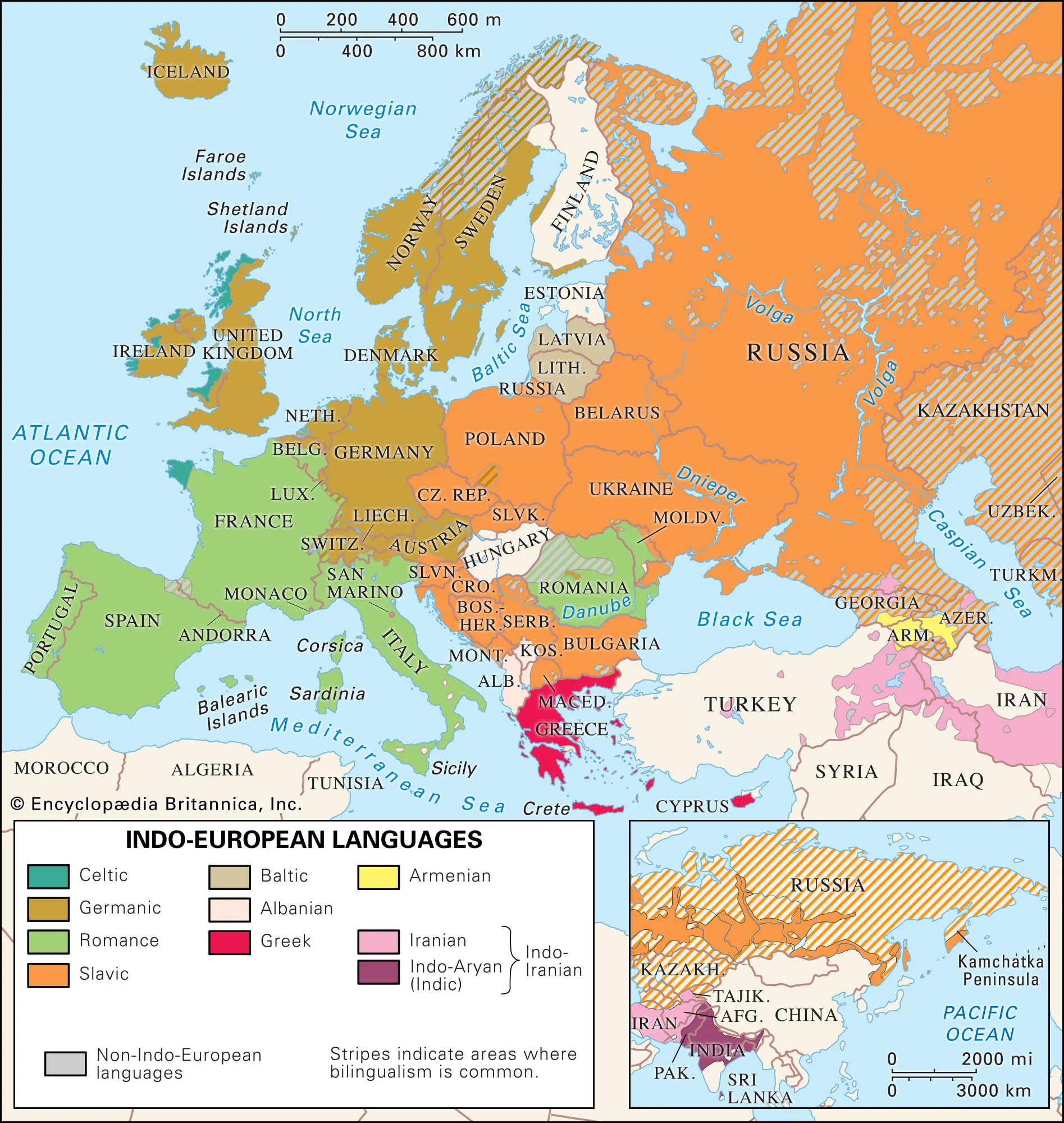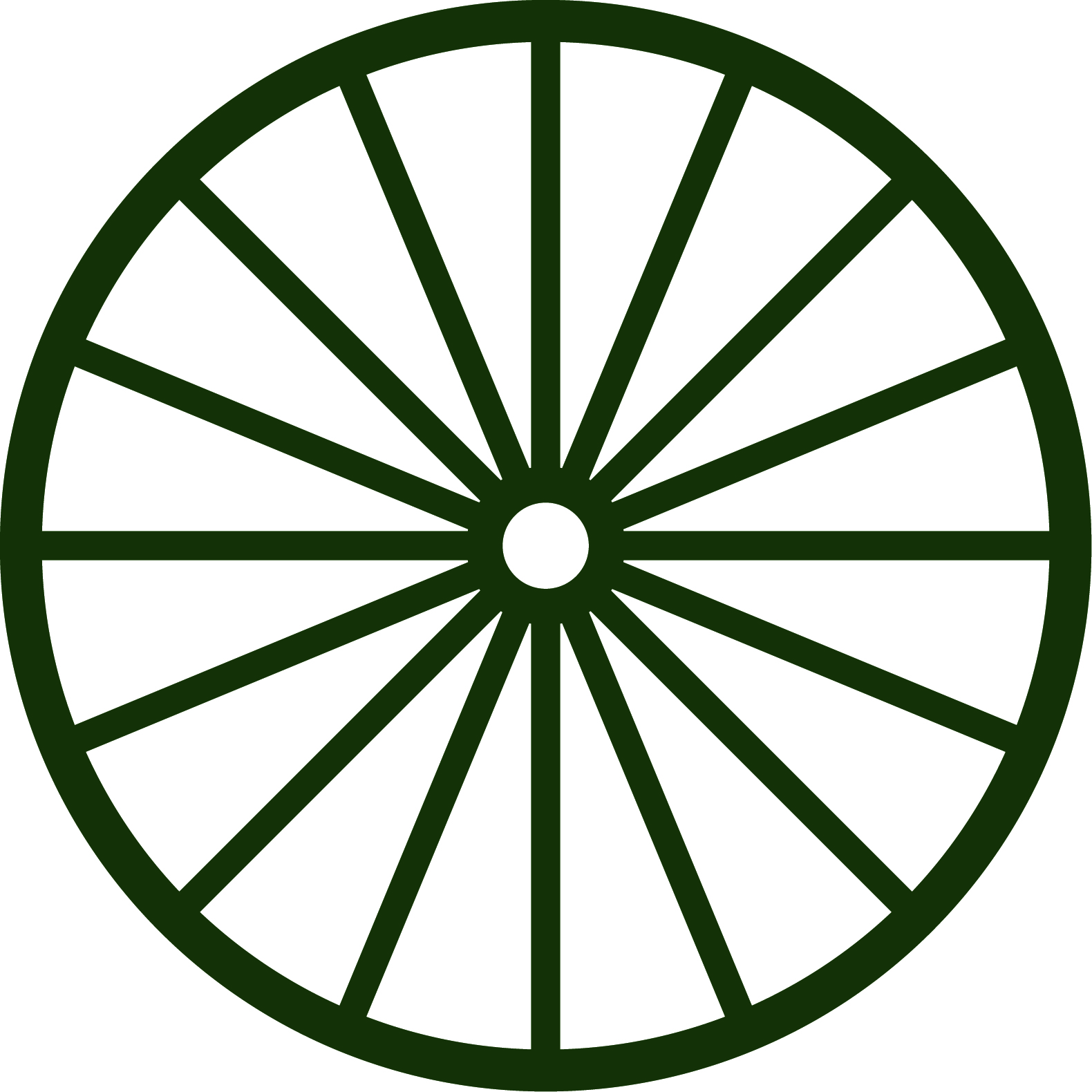Roma have an Indian based language, a discovery of 1753. Romanes, or Romani Čhib, is the language of the Roma. This fact is little known among the general population. A short look at the Encyclopaedia Britannica shows that they also totally ignore the fact that there is another Indo-European Language spoken by more people than Hungarian or Finnish.

True, until recently, Roma themselves were not exactly co-operative and some are even to this day reluctant to tell Gadže about their language. There have been numerous studies and a large amount of research since then. The picture one gets from these books, dictionaries or articles is, however fragmented. It is a snap-shot of a particular Roma group, even often only one person or one family in a given country and at a given time.
This has led many, among them alas also Roma, to say that the Roma, in fact almost each group, has its own dialect, which is largely unintelligible to others. This atomisation of language is a myth. While it is true that there are different Roma dialects, they are all based on a common basis, which we call the common trunk of Romanes. This part, found in all variants is the basis on which one can decree that Romanes is a language.
Romanes, contrary to some other languages, is not static, it evolves everyday, with the interaction with non-Romanes speakers, with everyday life.
The Roma have no “Académie Française”, an institute which one can sometimes qualify as being devoted to defending the French language against “pernicious” foreign influences. But Romanes has an extremely good memory of what is “foreign” and what is Romanes. Even for words acquired during the Greek period of their history and of course for later ones, in many Roma dialects, one finds a memory of the acquired nature of these words – in the grammatical forms of plural. Which language can claim such a similar behaviour?





